The Glendale Police Department has officially implemented an innovative Drone First Responder (DFR) program, expanding the technology’s law enforcement applications throughout Arizona. The department plans to strategically position launch pads across the city to create a comprehensive aerial response network that will dramatically reduce emergency response times and enhance officer safety. According to a recent report from FOX 10 Phoenix, these unmanned aircraft systems are already demonstrating significant tactical advantages in urban policing scenarios.
Transforming Emergency Response Through Aerial Technology
Glendale’s DFR program represents a fundamental shift in emergency response strategy. Rather than relying solely on traditional vehicle-based patrols, the department now deploys aerial assets, in the form of DJI Matrice 3D and a DJI Dock 2, as initial responders to emergency situations. Officer Ryan Enos, who operates drones from Glendale’s Real-Time Crime Center, revealed that the system is designed for maximum efficiency.
“Our desks are set up similar to a dispatch console, and we were able to have foot pedals and microphones built in for us. I can still fly and have both hands on the controllers, and be able to visually see what I need to see, and use the foot pedals to directly contact immediately the officers,” Enos explained.
This integrated command system allows drone operators to maintain complete control of the aircraft while simultaneously communicating critical information to ground units. The operational advantage becomes particularly evident when examining response metrics: drones can be deployed within a two-mile radius with an average arrival time of just 90 seconds.

The speed differential between aerial and ground units creates a tactical window that significantly enhances situational awareness.
As Enos notes, “The DFR program allows us to arrive on scene faster than patrol officers can get there.”
This capability fundamentally changes the information dynamics of emergency response by providing real-time intelligence to approaching officers before they enter potentially hazardous situations.

Real-World Applications and Operational Success
The program has already demonstrated its effectiveness in field operations. On March 31, Glendale’s drone team reportedly successfully tracked a fleeing suspect who was attempting to leave a crime scene on a bicycle. The drone rapidly identified the subject’s location and movement patterns, then relayed precise positioning data to ground units, facilitating a coordinated response that led to the suspect’s apprehension.
This incident highlights a key operational advantage: drones can travel at speeds approaching 35 mph without encountering traffic obstacles, red lights, or congestion issues that frequently delay ground-based units. According to additional reporting from ABC15 Arizona, this mobility advantage transforms unknown situations into manageable scenarios with clear tactical parameters.
“We don’t know what that call for service is, we don’t know what’s going on,” said Enos in the ABC15 interview. “But if we can get a drone there…we can beat patrol there and give them situational awareness with eyes directly on scene and make it safer for them and make that unknown a little more known.”
Technological Infrastructure and Expansion Plans
The Glendale PD currently operates its drone program from its headquarters but has ambitious expansion plans that will significantly extend coverage throughout the jurisdiction. The department aims to establish seven additional launch pads strategically positioned on the rooftops of fire stations across the city. This distributed launch network will ensure comprehensive aerial coverage with minimal response times regardless of incident location.
“They’ll be on the rooftop of fire stations, and we will be able to put those spread out equally across our city and seven locations to be able to give us our best, fastest response time at each location,” Enos detailed.
This expansion represents a substantial investment in public safety infrastructure. According to AZ Family, the Glendale City Council recently approved $25,000 for the installation of a new drone launch pad at police headquarters, with six more installations planned in the coming months.

The department’s capability received a significant boost when it became the first law enforcement agency in Arizona to obtain a specialized waiver from the Federal Aviation Administration. This authorization permits the department to launch drones without requiring a visual observer at the deployment site—a regulatory hurdle that previously limited rapid response capabilities.
Operational Benefits Beyond Initial Response
Beyond the obvious speed advantages, the drone program delivers several secondary benefits that enhance overall operational efficiency. The real-time video feed streams directly to officers’ mobile devices, providing ground units with critical intelligence before arrival. This capability allows commanders to make informed decisions about resource allocation based on accurate situational assessment rather than limited dispatch information.
The system has demonstrated particular value in de-escalation scenarios.
As Enos explained to ABC15, “If they say there’s a fight in the park and we get there and it’s two people just verbally arguing and they go their separate ways, we don’t need a six- or seven-officer response. We can now go ‘let’s keep some of you guys available for other calls for service,’ downgrade it and de-escalate the situation.”
This dynamic resource management capability allows the department to optimize officer deployment, ensuring appropriate response levels while maintaining reserve capacity for concurrent emergencies.
Police Modernization and Technology Integration
Glendale’s drone initiative represents part of a broader technology-driven modernization effort within the department. The program integrates with the city’s Real-Time Crime Center, which serves as a technological hub for coordinating emergency response across multiple platforms and data sources.
The RTCC’s evolution has been remarkable since its 2019 launch. What began with access to just a few hundred cameras has expanded to integration with approximately 2,000 video feeds—half of which come from private businesses participating in Glendale’s City Watch program.
The department’s integration of drone capabilities with its existing technology infrastructure demonstrates a commitment to intelligence-led policing strategies. This approach prioritizes data-driven decision making and proactive resource deployment rather than reactive response models.
DroneXL’s Take
Glendale PD’s implementation of a comprehensive drone first responder program represents a significant advancement in urban policing technology. The strategic integration of rapid aerial response capabilities with the department’s existing real-time crime center creates a force-multiplying effect that enhances officer safety while improving response times.
The FAA waiver securing permission for remote drone launches without on-site observers marks a regulatory breakthrough that could accelerate similar programs nationwide. As more departments secure comparable authorizations, we may witness a fundamental shift in emergency response paradigms across American cities.
While privacy considerations remain important in any surveillance technology deployment, Glendale’s operational focus on emergency response rather than general surveillance suggests a balanced approach. The program’s emphasis on providing situational awareness to responding officers rather than conducting generalized monitoring aligns with best practices for law enforcement drone operations.
As the department completes its planned expansion to seven additional launch sites, the Glendale model may well establish itself as a blueprint for 21st-century urban policing—where aerial assets serve as true First Responders, creating a vital intelligence bridge between emergency notification and physical intervention.
Discover more from DroneXL.co
Subscribe to get the latest posts sent to your email.


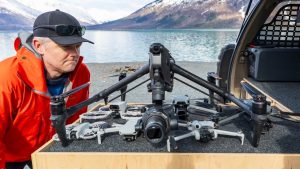
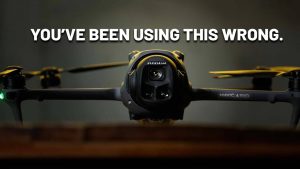




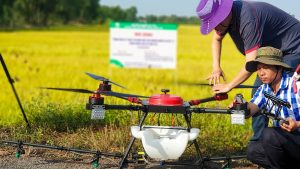
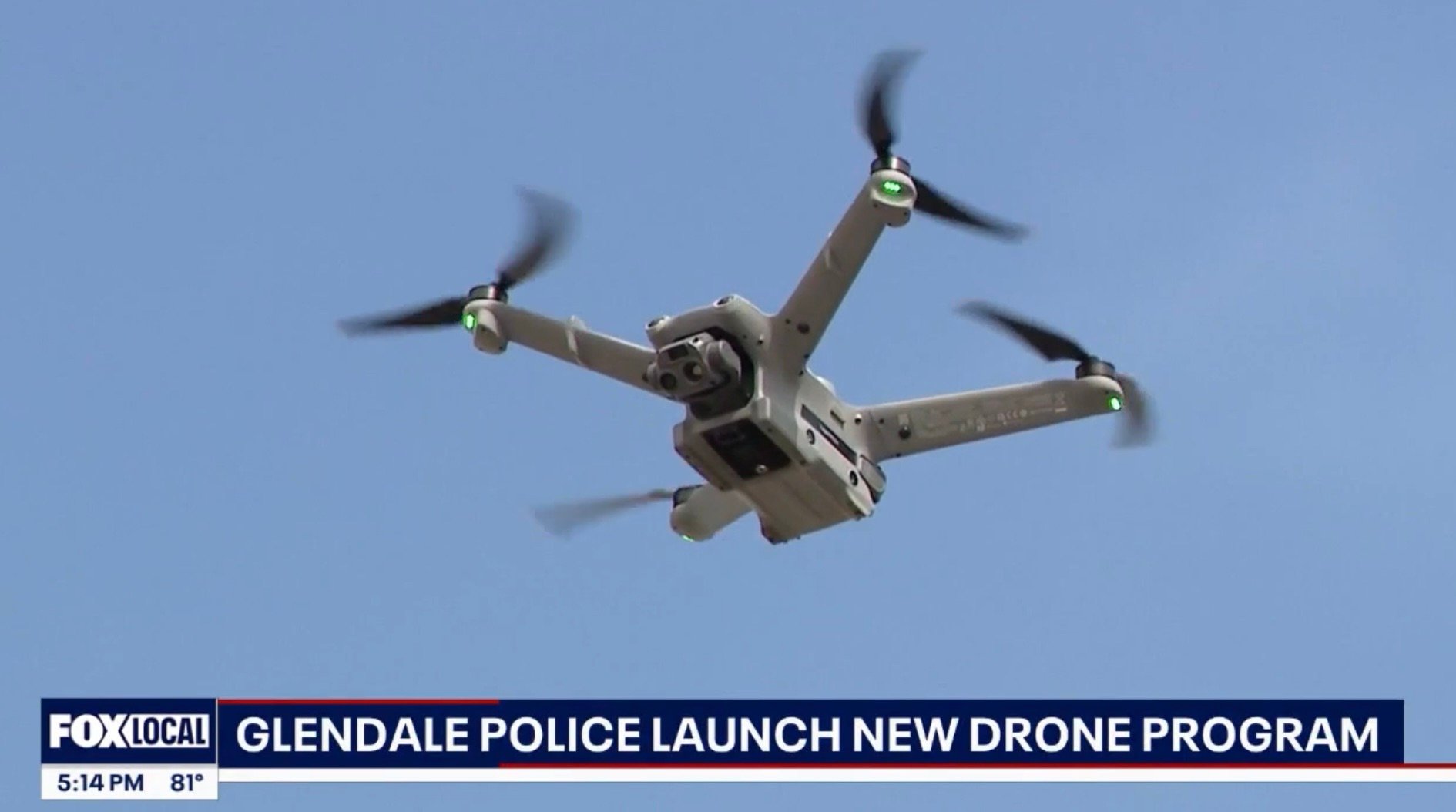

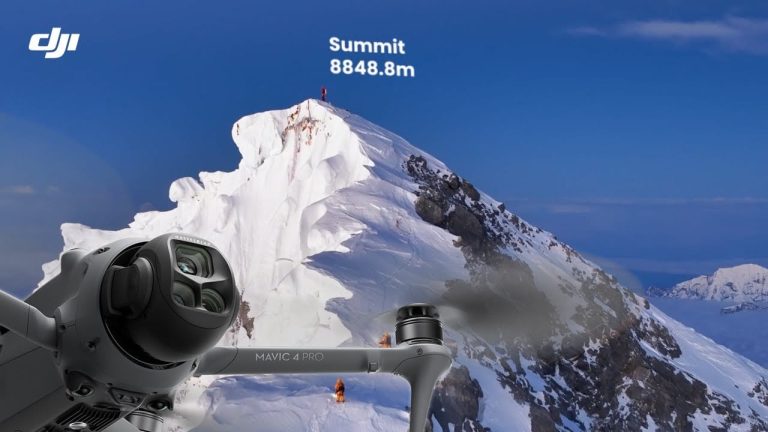
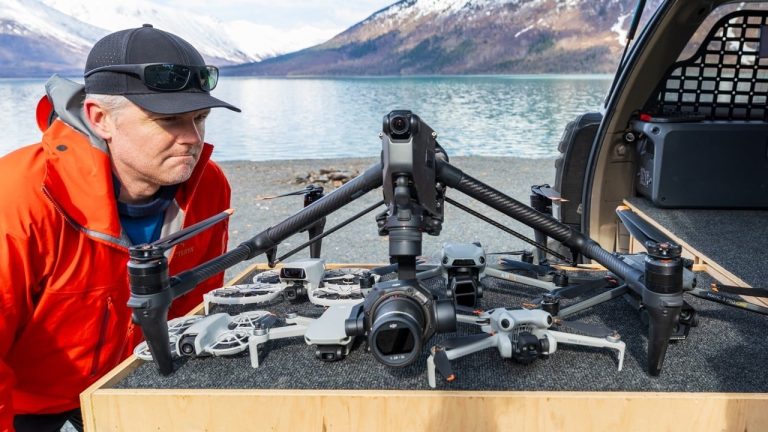

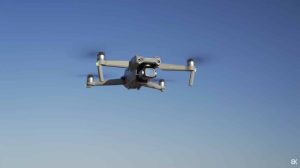
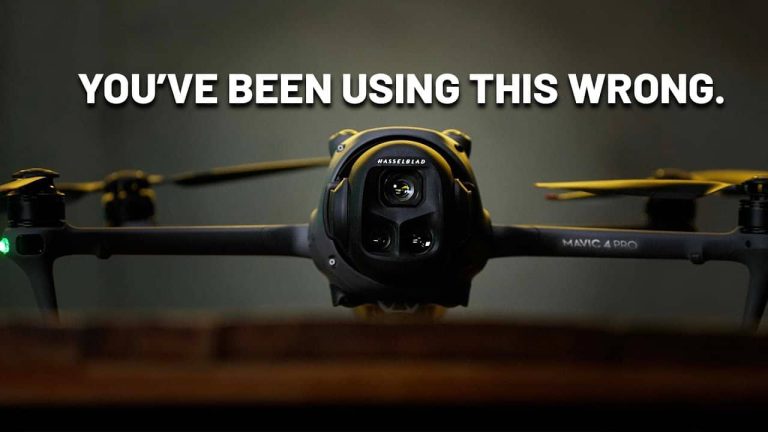
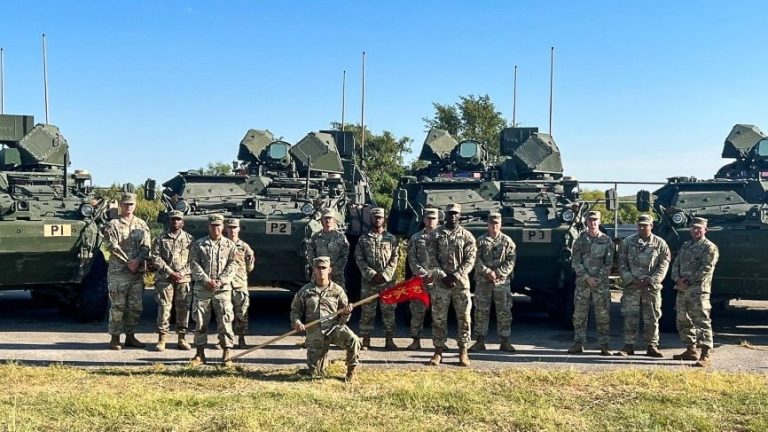

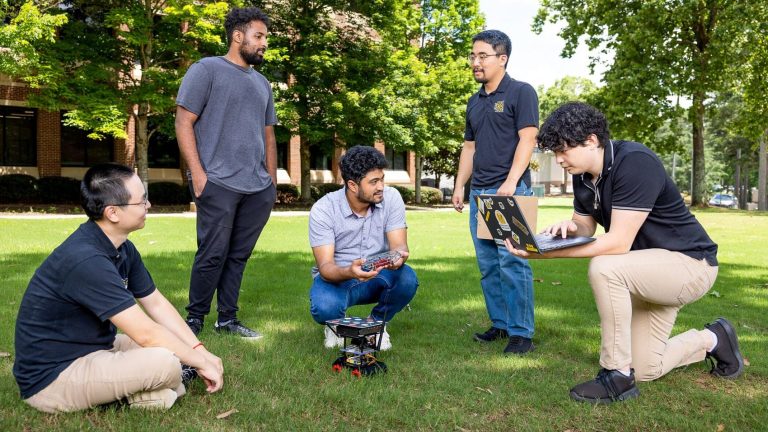

+ There are no comments
Add yours